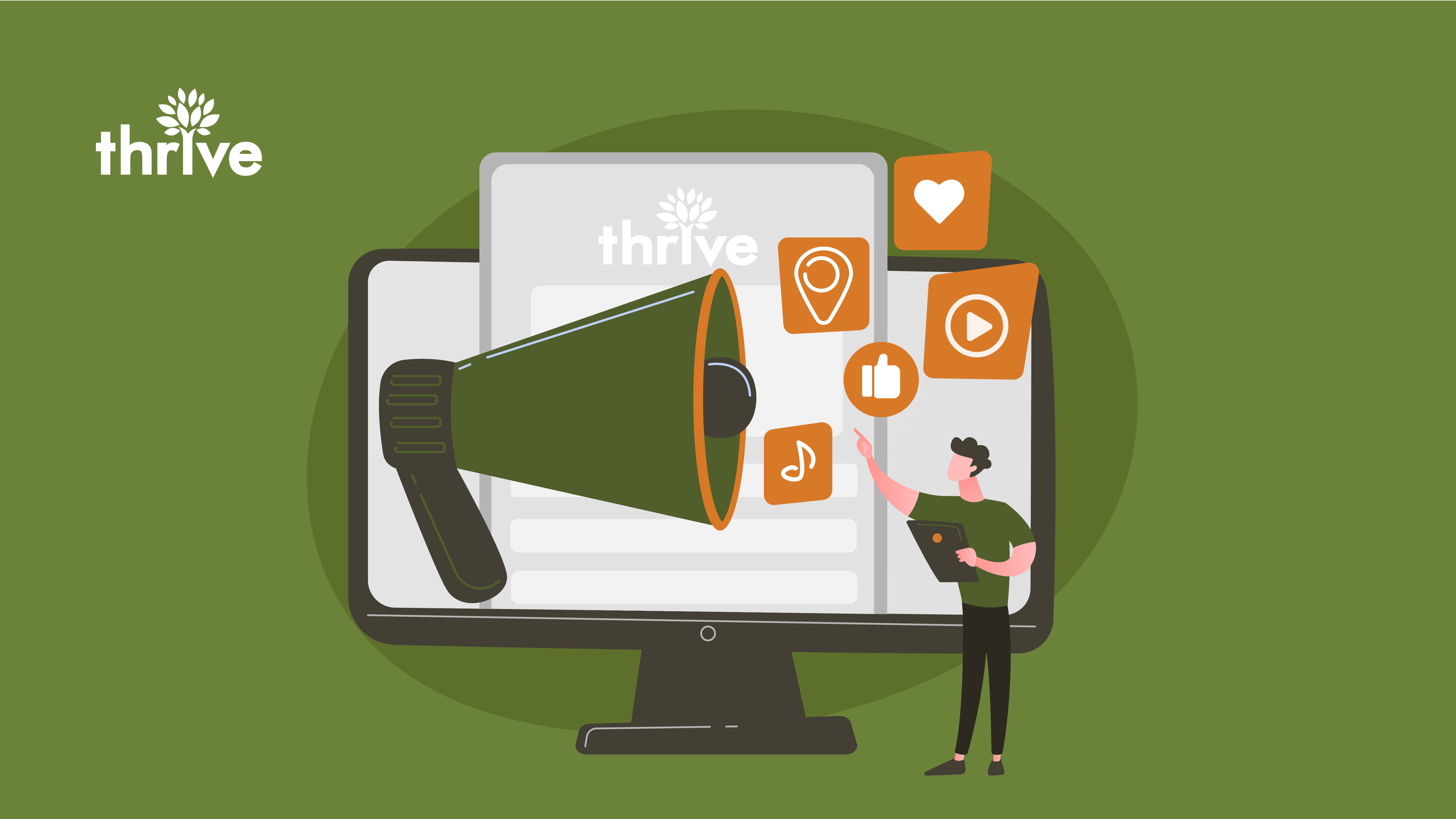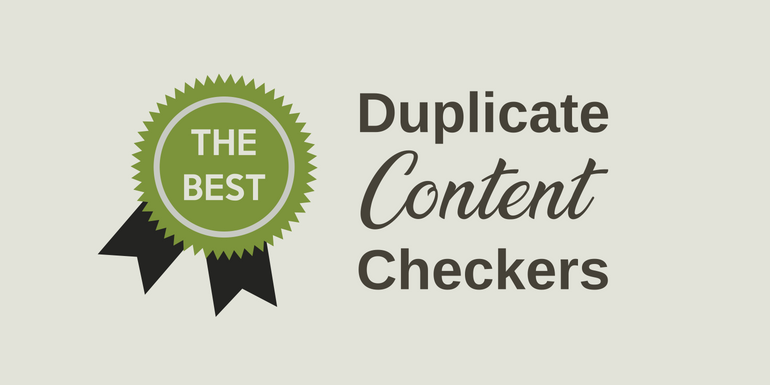Search Engine Optimization (SEO) – those three little words mean a whole lot for the visibility, searchability, authority, and authenticity of your website.
To put it simply, when your site has good SEO, you’ll naturally be ranked higher in SERPs (search engine results pages). People will be able to find you more easily through organic search (versus paying for visibility on those results pages). In short, this means you’ll get more traffic to your site without ads.
As you probably know, increased traffic results in more leads. More leads mean more conversions. Optimizing your site can elevate your brand in ways you never imagined.
Put in the time and effort to adhere to SEO standards, and you’ll reap the rewards.
SEO Basics: How SEO and Usability Go Hand-in-Hand
When you optimize your website, you’re not just doing it to rank well in search engines. You’re also doing it so people can use your site more easily – and find it useful.
“Usability” is the term web developers employ to determine how easy your site is to navigate and find things. In the same sense, your content needs to be usable in order to help and appeal to your audience.
SEO sets standards in place that help you create usable, useful content – the kind of content search engines and people love.
All About Search Rankings: How SEO Helps You Rise
What are SERPs?
SERPs are the list of results that appears in a search engine, such as Google, when you search for a specific word or phrase. Each listing shows a web page title, URL (Uniform Resource Locator), a brief description of the listing content and a link to a specific landing page.
If ranking in SERPs is desirable, ranking well in SERPs is like being handed a trophy.
In many ways, Internet search powers the web. It’s both the gateway and the gatekeeper. For the average person, their journey into the various rabbit holes of this information highway begins with a blank search box and a blinking cursor.
And, while plenty of people are browsing aimlessly, even more are searching with intent.
It’s this intent that you can harness with SEO. You want to be at the end of those specific searches. When people are looking for something you can provide, you want them to see you.
To do it, you pay attention to SEO basics and ranking factors.
Ranking Factors for Search Engines Like Google
The things that search engines determine as important have changed over time. As such, your website needs to keep up with both trends and technology to rank well.
The Importance of Relevance, Quality, and Authority
The websites that search engines return on their results pages must be relevant to what the user is looking for. This relevancy is determined in a few different ways.
- Keyword Usage – The amount and type of keywords used on your website help search engines determine its relevancy to the content you’re offering.
- Backlinks – Backlinks are links that point back to your site. If you have a lot of these, this tells search engines that you are a trusted source of information. You have “authority” in your industry if lots of other websites show that trust in your knowledge.
- Uniqueness – The uniqueness of your content is important. You can’t just copy others and expect to rank well for your keywords. Because duplicated, thin content, is low-value; it doesn’t provide anything useful for readers – and that’s the whole point.
- Length of Visits – Search engine algorithms are sophisticated. Hundreds of factors influence ranking, including how long a visitor spends on your page and whether they click on your link in a SERP.
If all of this sounds surprising to you, don’t be intimidated. Search engine algorithms are known for their finicky nature. Plus, these are constantly being updated, so keeping on top of changes is an important aspect of optimization.
Places Where You Want to Rank Highly and Why
At the very least, you should be aiming to rank for the most popular and widely-used search engine: Google.
Google is ubiquitous with online searching. You probably know this from personal experience. How many times have you used Google to search for an answer to a question?
The second most common search engine, after Google, is Bing. However, the jump in popularity is rather far down. In most cases, you’ll be fine if you stick to optimizing your site for Google. Much of what is true for Google applies to Bing’s algorithm, too.
(Related: Why Google Isn’t Enough: Advertise On Bing And Facebook, Too)
A Quick and Dirty Guide to Keyword Optimization
If you start anywhere with SEO, start with your keywords. This is one of the easiest ways to optimize your website for search engine discovery and search rankings.
Identify Your Ranking Keywords
To understand what keywords people are using when they search for a business like yours, you have to do keyword research.
What does this entail? First, you can’t just come up with random terms you think sound good. There’s no proof that these will drive more traffic to your site. Instead, choose keywords that have a few factors going for them:
- Relevance – Your keywords need to be relevant to your target audience. For instance, you can’t target the keyword “candy store” in your content if you’re actually a bakery. Think about how people will be looking for you and go from there.
- Search Volume – Search volume is how many people are searching for a given keyword. How popular is it? If nobody is searching for your keyword, you won’t see any returns from using it in your content.
- Competition – Is there a lot of competition for the keyword in the SERPs? Is everyone in your industry clamoring to optimize their own content for this keyword? This will affect how well you may be able to rank for it. If you’re just starting out, you may want to start with an easier mark.
Tips for Good Keywords
When coming up with initial keywords and phrases for your content, start with the user – the type of person you’re targeting. Ask yourself these questions:
- What are their interests?
- Do They problems that you can solve?
- What language are they using to describe these things?
Once you have some words and phrases to start you off, you can plug these into keyword tools and research the best ones for you to use. You’ll also be able to pinpoint variations that may be better than your initial ideas.
Some great tools for keyword research include the Moz Keyword Explorer, Keyword Tool, and Google Keyword Planner.
Use Search Engine Optimization to Power Your Web Presence
All told, search engine optimization is one of the keys to driving traffic to your website. With the right strategies, you can start climbing the ranks of organic search results and get noticed.
To get there, pay attention to site usability, usefulness, quality, uniqueness, relevance, and authority.
Search engines are the gatekeepers and the portal to the web. These standards are in place to make the web better – more structured, reliable, and authentic. Follow them to the best of your ability, but don’t worry if you don’t get everything perfectly right.
The point is to make your site the best possible source of information for readers and for search engines – not one or the other. Strive toward this goal, and the rest should fall into place.
Need help with SEO for your website? There’s an easier way than struggling to learn everything on your own. Trust the experts at Thrive Internet Marketing to make your website and your brand stand out in the SERPs.





